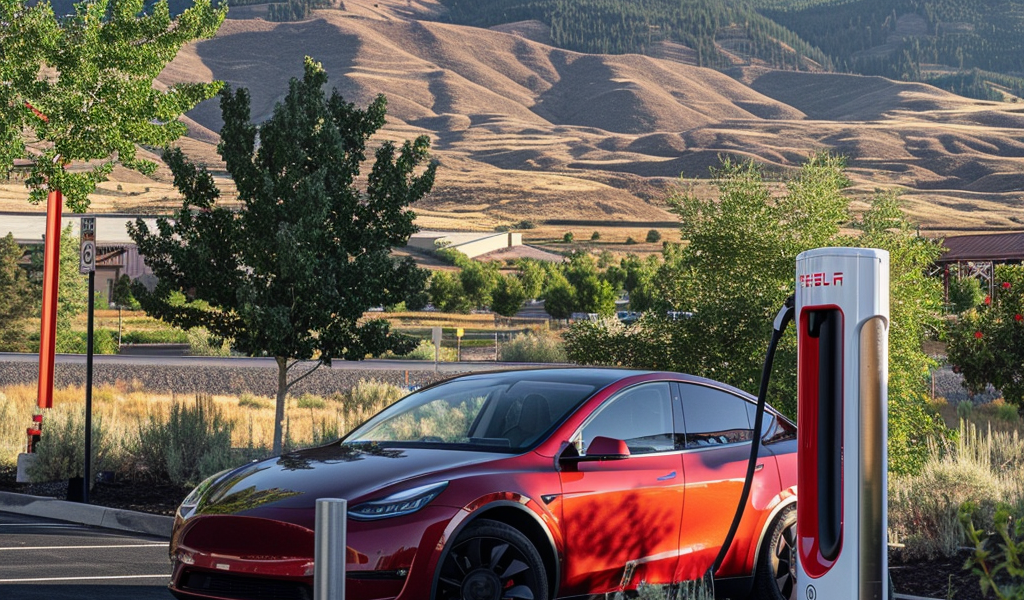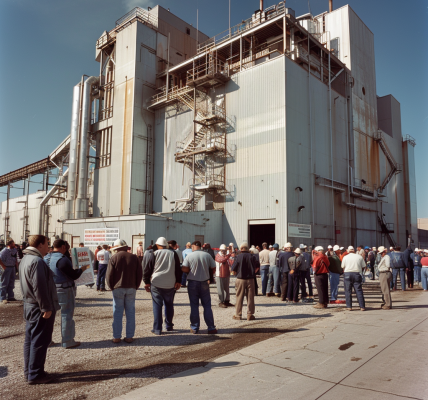Idaho is moving forward in establishing a robust network of electric vehicle (EV) charging stations, a critical step towards enhancing the state’s infrastructure for electric mobility. The Idaho Governor’s Office of Energy and Mineral Resources, in collaboration with the Idaho Transportation Department and the Idaho Department of Environmental Quality, has unveiled potential locations for deploying EV charging stations under the National Electric Vehicle Infrastructure Formula Program (NEVI).
NEVI is a federal initiative designed to facilitate the installation of electric vehicle charging infrastructure across the United States. The overarching goal of this program is to create a seamless, interconnected network of public charging stations, ensuring that EV drivers can find charging options every 50 miles. This initiative is particularly important as the demand for electric vehicles continues to grow, and the need for accessible charging stations becomes increasingly critical.
Recently, Idaho completed a comprehensive study that incorporated public feedback to evaluate the most effective locations for charging stations within the state. This assessment considered several factors, including local power supply, traffic patterns, proximity to amenities, and the potential benefits to Tribal communities. The study’s findings have been instrumental in identifying the most strategic sites for EV charging infrastructure.
The first round of NEVI funding will focus on three key locations: Pocatello, Bliss, and Lewiston. Future rounds of funding will prioritize sites along major interstates and highways, further enhancing the state’s EV charging network. This phased approach aims to ensure that the infrastructure is not only effective but also strategically placed to meet the needs of EV drivers.
To engage stakeholders and provide more information about the project, Idaho is hosting a virtual public meeting on July 31 at 5 p.m. This meeting will serve as an opportunity for potential site hosts, vendors, site developers, electrical vehicle drivers, and local counties to learn more about the initiative and how they can get involved. Interested parties are encouraged to register online to participate in this informative session.
It is important to note that while the identified locations are potential sites for EV charging stations, they will not be finalized until the state has thoroughly analyzed applications from interested cities, businesses, and other NEVI site developers. Later this year, Idaho plans to solicit applications from various groups, allowing for a collaborative approach to the establishment of charging infrastructure.
Rich Stover, the administrator of the Idaho Governor’s Office of Energy and Mineral Resources, emphasized the importance of a diligent technical review process in selecting potential sites. He stated, “Idaho has been very diligent in the technical review of potential sites in order to maximize the program’s budget and effectiveness. Through the strategic selection and prioritization of EV charging locations, Idaho will be able to support the creation of an EV charging network that will help EV drivers travel across our state with ease.” This commitment to thorough planning and execution underscores the state’s dedication to promoting electric vehicle usage and supporting sustainable transportation solutions.
As the state prepares to launch this initiative, the focus remains on creating a user-friendly and accessible network of charging stations. This will not only support current EV drivers but also encourage more residents to consider electric vehicles as a viable option for their transportation needs. The establishment of a reliable charging infrastructure is a crucial step in fostering a sustainable future, where electric mobility can thrive.
In the coming years, as Idaho rolls out NEVI funding in multiple rounds, the state is poised to make significant strides in expanding its electric vehicle charging network. This initiative aligns with broader national efforts to reduce carbon emissions and promote cleaner transportation options, contributing to the fight against climate change and paving the way for a more sustainable future.





